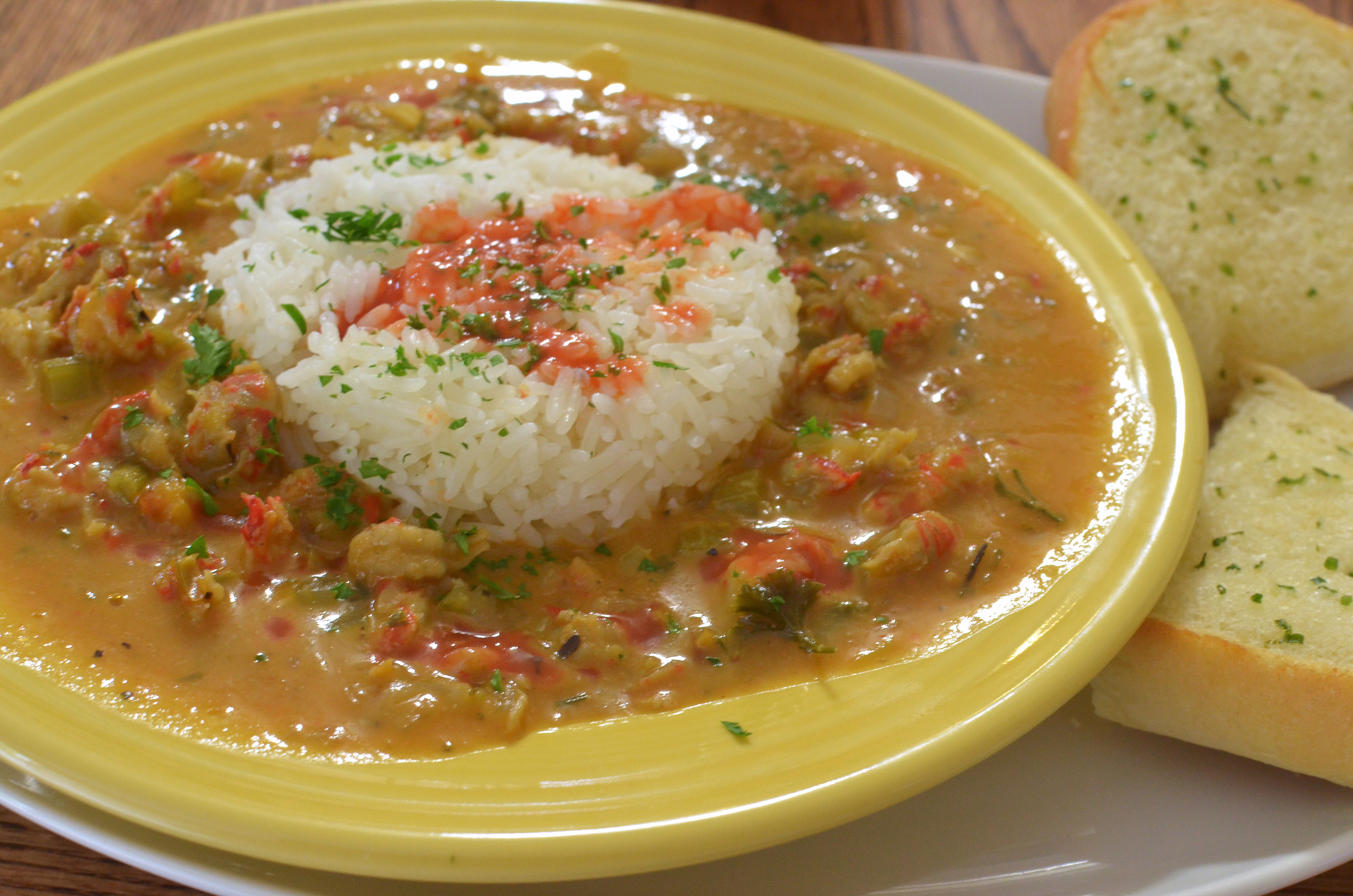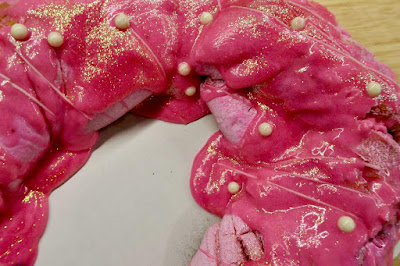Launched in July 2020, NASA's Perseverance Rover landed on Mars on February 18. The rover, designed to search for signs of past microbial life on Mars or water, carries a host of instruments and cameras. It even has a small helicopter designed to test out the potential for flight in Mars' thin atmosphere. Remarkably though, Perseverance's camera's captured this fantastic video of the rover landing on the Red Planet. Even in the midst of the pandemic, humanity can still do remarkable things.
Tuesday, March 30, 2021
Tuesday, March 23, 2021
Star Trek Series Rankings Updated
A few years ago, with the premiere of Star Trek Discovery, we did a ranking of all of the Star Trek television shows. A few new series later, we thought it was time to revisit those rankings.
Star Trek: Deep Space Nine—Being set on a space station meant that the show’s writers had to develop plot from character interactions rather than weekly visits to new planets. As a result, DS9 featured the best sustained character work from a Star Trek series. Sisko, Kira, Dax, Odo, Quark, Jake, O’Brien and Bashir all underwent significant character growth throughout the show’s seven seasons. Kira transformed from unrepentant terrorist to loyal soldier and leader. Bashir went from rookie doctor to war-weary veteran. Poor Chief O’Brien had to suffer some life-altering tragedy at least once a season. DS9 also developed a strong stable of villains or recurring characters like Garak, the exiled Cardassian spy, Gul Dukat, Kai Winn, the Jem’Hadar, Weyoun, and the Dominion.
Tuesday, March 16, 2021
Jacques Pepin
Jacques Pepin is one of the most famous chefs in America--at least among chefs. Born in Bourg-en-Bresse, France in 1935, Pepin worked in his parent's restaurant growing up. At the age of 13, he started an apprenticeship in a local restaurant. By 16, he was training in Paris. From 1956-1958, as a member of the French military, he became personal chef to several heads of state including Charles de Gaulle.
In 1959, he immigrated to New York to work in the kitchen of the internationally renowned restaurant, Le Pavillion. In 1961, he declined an offer to become the White House chef under John F. Kennedy. He enrolled in Columbia University, eventually earning a bachelors and masters degree. The university, however, rejected his PhD thesis on French food in literature because the university viewed it as unserious for academic pursuits. Pepin eventually left Le Pavillion and took a job working at Howard Johnsons where he designed the restaurant's menu. In 1974, Pepin suffered a near fatal car accident and was forced to retire from professional kitchens.
In the mid-1970s, Pepin reinvented himself as a culinary educator. His textbook, La Technique, appeared in 1976 followed by La Methode in 1979. Pepin did not fill the books with recipes, but rather lavish photographs of the techniques required to become a skilled cook. Numerous famous chefs in America today credit La Technique with sparking their interest in cooking in the first place. In 1982, Pepin joined the faculty of the French Culinary Institute, a new cooking school in New York City. That same year, he filmed a television pilot for PBS called Everyday Cooking with Jacques Pepin.
Pepin eventually filmed several more series for PBS, including one with his dear friend and famous culinary personality, Julia Child. Together they filmed Jacques and Julia Cooking at Home in 1999. They participated in numerous fundraisers for PBS. Pepin and Child also helped create the gastronomy program at Boston University.
Today, Pepin, even at the age of 85 and in the midst of the pandemic, continues to film cooking videos for a series titled, Jacques Pepin Cooking at Home. The recipes are simple and delicious and a comforting reminder of the wonders that can come from a simple home kitchen.
Tuesday, March 9, 2021
Bonsai, Philosophy, and More!
A few months ago, the nursery manager at Underhill Bonsai, Evan Pardue, had the chance to interview Mike Lane, a noted bonsai artist. Their wide ranging conversation includes bonsai, philosophy, and fun places to visit. Enjoy!
Tuesday, March 2, 2021
Crawfish Boil Coins
While we're all disappointed not to be gathering for the Crawfish Boil this coming weekend, we thought it would be nice to share some of the awesome coins that our own Benson Green has created over the past few years.
In 2018, Benson came up with this beauty.
Tuesday, February 23, 2021
Crawfish Boil Recap Videos
Tuesday, February 16, 2021
Louisiana Culinary Dictionary 2021 Edition
| The interior of Boudin. |
 |
| Crawfish Etouffee |
 |
| A traditional gumbo |
| The muffuletta |
 |
| Pralines cooling |
Tuesday, February 9, 2021
A Look inside Antoine's
A few years ago, we wrote a history of Antoine's, one of the oldest restaurants in America and a New Orleans institution. A few years ago, CBS This Morning took a tour of the famous restaurant. Enjoy!
Tuesday, February 2, 2021
Mardi Gras 2021?
Thanks to the coronavirus pandemic, there isn't much of a Mardi Gras season this year. There will be no balls, no parades, no large-scale celebrations in the French Quarter or anywhere else in the city. There will be masks, just not the ones that New Orleanians are used to wearing.
Despite the challenges presented by COVID, New Orleanians are still finding ways to celebrate--in ways that won't shock anyone familiar with the magic of the Crescent City. First, since there are no parades this season, intrepid natives are turning their homes into "house floats." Instead of decorating floats, people are decorating their own homes instead.
Tuesday, January 26, 2021
Crawfish Boil Flashback: Better Call Doug
A few years ago, our friends the Mighty Pelicans recorded "Better Call Doug" a song in honor of DGA's very own, Doug Green. The song is available below along with pictures from Crawfish Boils Past. Enjoy!
Tuesday, January 19, 2021
Some More of Olive & Mabel
Back at the beginning of the pandemic, we shared some dog videos from UK announcer Andrew Cotter. Then in September, we shared a few more. Marshaling all of his announcing prowess to the task of gently mocking his dogs, Cotter has developed a loyal following, gotten a book deal, and reminded us all just how much we love our dogs--no matter how much grass they eat.
Here's a few more of his videos that have come out in the meantime. Enjoy!
Tuesday, January 12, 2021
DGA Crawfish Boil 2021?
Normally, this would be the time when we'd announce the date and theme of our yearly crawfish boil. There is, however, nothing normal about the present and we regret that there will not be an in-person crawfish boil this year.
HOWEVER, just because there won't be an in-person boil this year doesn't mean all is lost. Keep an eye out in the mail for this year's T-shirt and an invitation to join us next year at the crawfish boil. By then we all should be vaccinated and it will be safe for us to gather again. We are looking forward to it as much as you are.
Stay safe and wear your masks!
Tuesday, January 5, 2021
Welcome back King Cakes!
2020 sucked. But now that it's 2021, that means only one thing--king cake season is upon us. And while we're still in the midst of a pandemic, that doesn't mean we can't enjoy king cakes, provided we do it in the comfort of our own homes with our pod or somewhere outside appropriately socially distanced. Hell, we could all just buy king cakes separately and eat them over Zoom together. However we enjoy king cakes, let's do it safely.
 |
| Cake to celebrate these guys? Sure, why not? |
King cake season lasts from January 6 until Mardi Gras. Why January 6? January 6 is the Feast of the Epiphany, celebrating the visit of the Three Magi (or Kings) to the infant baby Jesus. The first king cakes appeared in France during the Medieval period as a way to celebrate this important moment in the Christian calendar. They soon became an important feature of Carnival (otherwise known as Mardi Gras).
When the French came to New Orleans in the early 17th century, they brought their holidays and traditions with them. Explorer Pierre Le Moyne d’Iberville landed on the coast about sixty miles south of present day New Orleans on March 2, 1699—the day before Mardi Gras. The holiday and the subsequent French colony stuck.
The king cake, however, did not take hold until the early 1870s. French immigrants brought their king cake recipes with them and in classic New Orleans fashion, a new tradition merged with the old to create something wonderful. It took until about 1950 for the king cake to become a popular staple of New Orleans cuisine. In the past decade or so, king cakes have really come into their own. Popular interest in all things New Orleans grew after Hurricane Katrina and next day shipping have allowed king cakes to be shipped across the country, spreading their influence and deliciousness.
 |
| Is that the baby Jesus there? |
Now let’s talk about the cake itself. The King cake began as a circular bread dough topped with sugar with a bean inside. Over the past several hundred years, however, the king cake has evolved into a sweet cake covered with sugar and icing. The dough, previously hollow, is now braided and stuffed with cinnamon, cream cheese, or other fillings. The colors atop a King cake are the same as the ones of Mardi Gras—purple for justice, green for faith, and gold for power.
King cakes also feature a small plastic baby hidden somewhere in or underneath the cake. Tradition holds that the person who finds the baby is responsible for buying the next cake. Some claim that the baby represents the baby Jesus and that McKenzie's Pastry Shoppes, a New Orleans area bakery, were the first to put the baby in the cake. In 1990, McKenzie's owner Donald Entringer Sr. denied that the baby had anything to do with Jesus. He told the New Orleans Times-Picayune, “I've heard people say it's supposed to represent the Christ Child, but that's not true. Why we picked this, I don't know. It was cute. It was just a trinket that happened to be a baby.” Whatever the truth may be, watch out for the baby when you bite into your first slice of King cake.
Unsurprisingly here at DGA, everyone has their own king cake preferences. Bill is a big fan of the King cakes from Butter Krisp Diner in Covington. He prefers homemade king cakes and ones filled with strawberry cream cheese.
Benson has a lasting affection for the king cakes once made by McKenzie’s. Luckily, the Tastee Donut chain in-and-around New Orleans purchased McKenzie’s old recipe and sells them at their stores. McKenzie’s consists of a simple brioche without cinnamon or filling. There’s only colored sugar topping the cake.
Matt prefers the Mandeville Bake Shop because it's near his house, though the best one he’s ever had came from Randazzo’s.
Doug’s favorite king cake is whatever one appears at his house.







